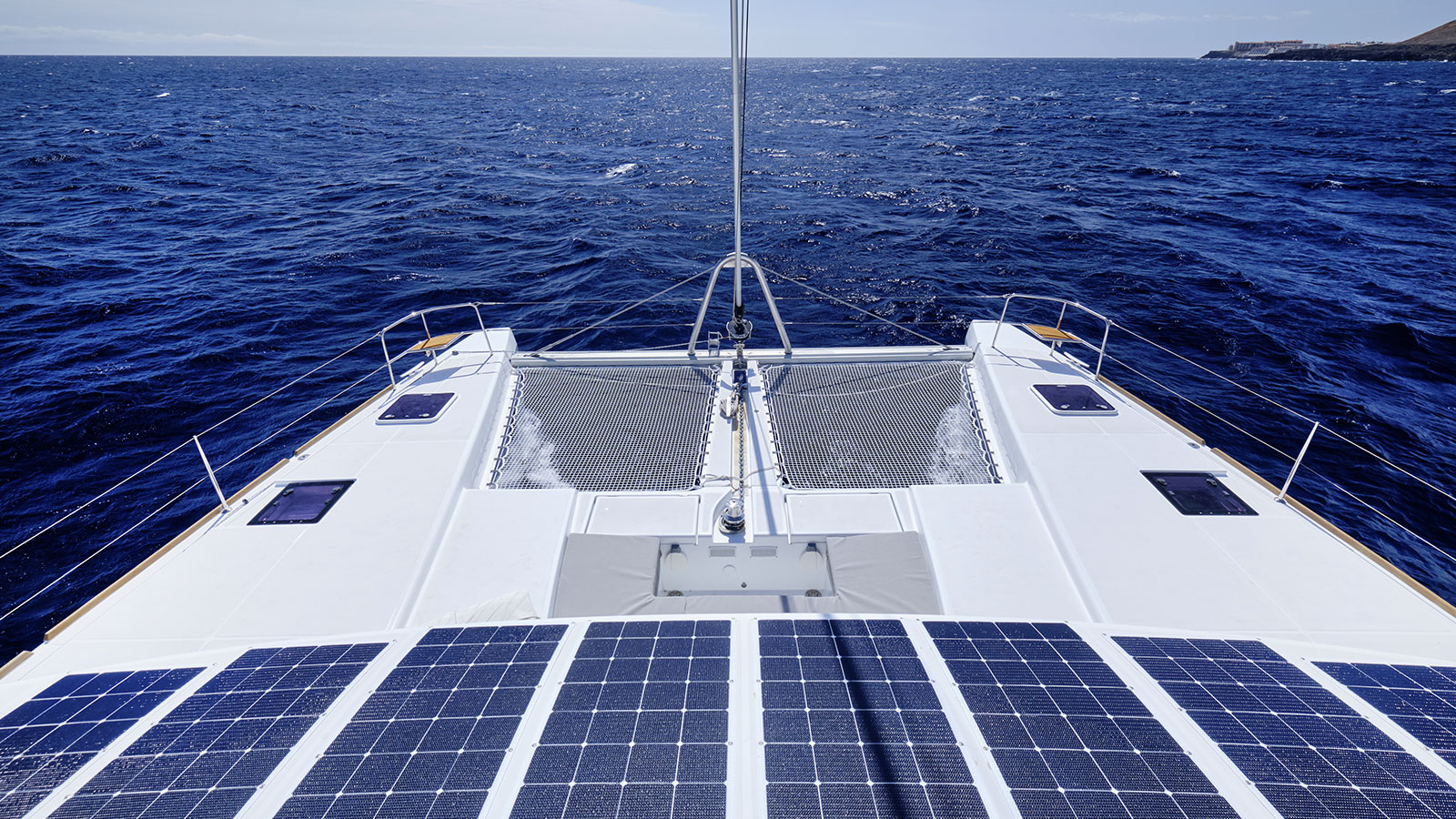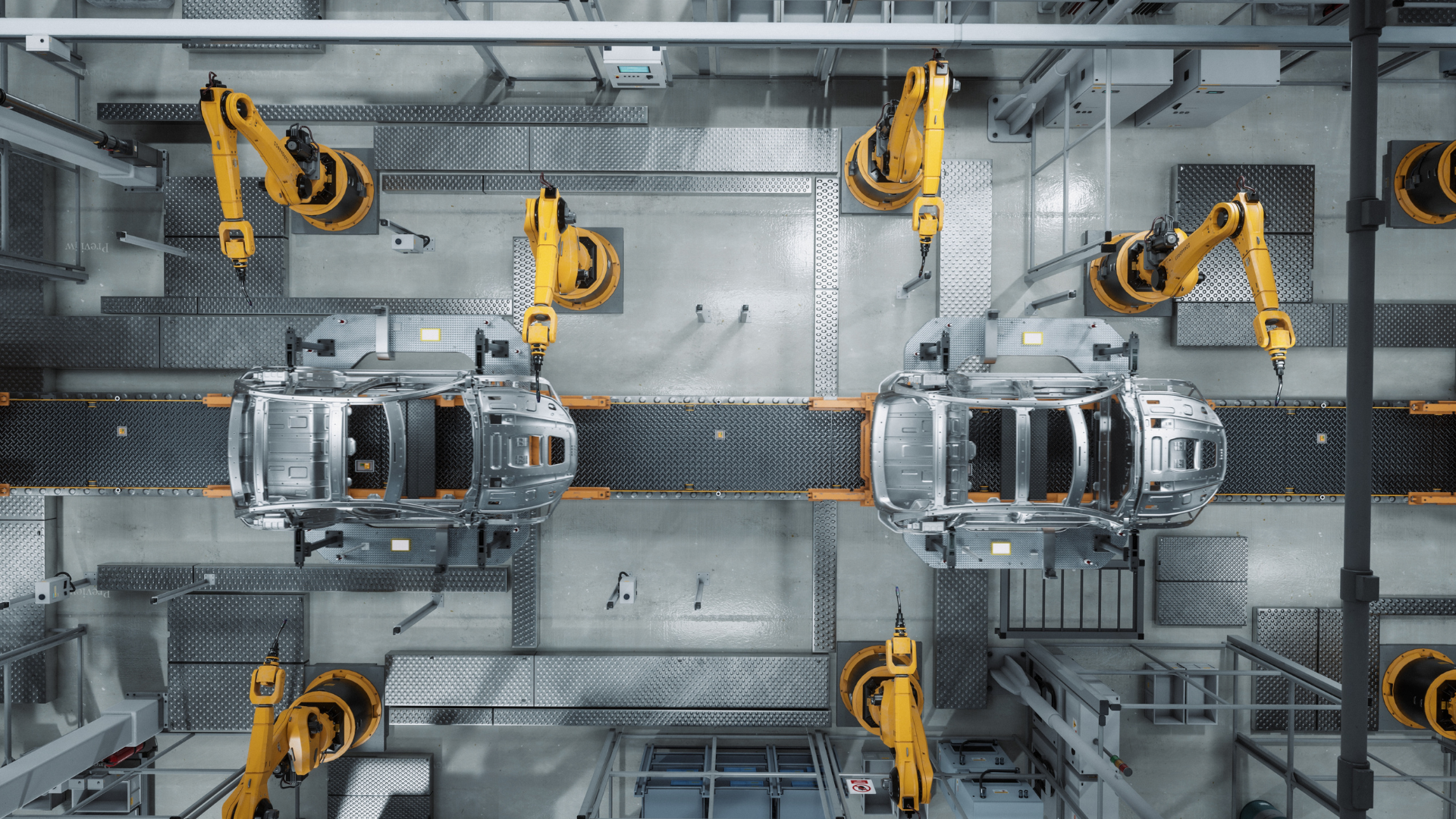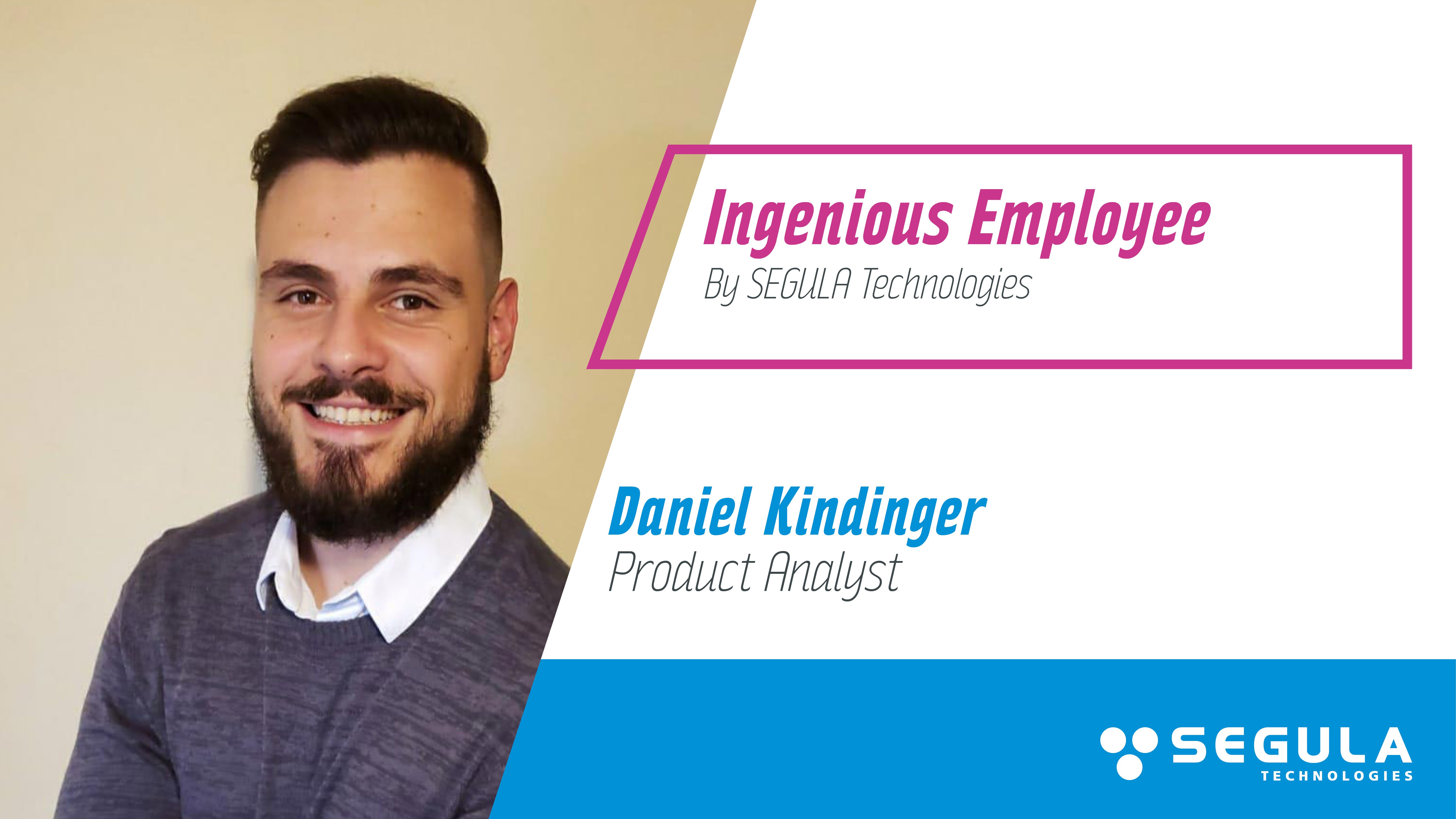Why did you launch this project?
During long sea crossings, a sailing boat is isolated from any energy supply. Long-distance sailing boats are powered by a variety of energy sources, which are becoming more numerous (diesel generator, photovoltaic, wind turbine, etc.). These sailing ships are also increasingly equipped (to ensure safety, navigation, comfort, etc.). The hybrid electrical network is therefore increasing in complexity and difficulty to manage. Thus, it is becoming necessary to automate the management of such energy network in order to ensure the comfort and safety of passengers.
Grid management solutions exist in other fields (building, land transport, etc.). However, in the case of a stand-alone system, isolated from any energy source for a long period – such as a sailing ship – is much more complex and does not allow the adaptation of existing solutions (especially as the safety of the passengers depends on the autonomy of the sailing ship).
Furthermore, it is difficult to estimate energy production and consumption due to weather uncertainties and passenger behaviour.
One of the particularities of the grid on board of such a sailing ship is the existence of numerous high-power loads. These loads are as high as a flat’s consumption (heating, oven, cooking plates, washing machine, etc.). This represents an additional constraint on the stability of the on-board electrical microgrid. Consequently, existing solutions for on-board systems, often of low power, are not applicable in this case.
What is the project E3S about?
The E3S management tool includes a computer with Artificial Intelligence and a Man-Machine Interface that interacts with the passengers. It includes an optimisation algorithm that defines and proposes the implementation of an energy management strategy, adapted to the overall navigation conditions and passenger behaviour, in real time.
This system complements the existing installations on board by adapting to the configuration of the grid already installed by the sailing boat builder.
How does this tool work?
E3S allows us to establish an energy scenario for the course of the cruise by making a long-term prediction (on the scale of the crossing). Then, it makes corrections in real time, taking into account the hazards and uncertainties that have a direct impact on the sources and loads on board (meteorology, speed of travel, passenger behaviour, etc.) thanks to a solution based on a multi-layer management (three layers in our case) of energy (see Figure 1).
First, a long-term management layer is an optimisation algorithm for the whole journey (until the end of the crossing). It uses a time step of more than an hour (e.g. 4 hours). Its aim is to maximise the autonomy of the sailing ship, focusing mainly on the management of energy storage and available fuel. This algorithm takes into account the uncertainties related to the overall production and load, recalculating the optimal values at each time step.
Second, a short-term management layer is based on an optimisation algorithm applied on a shorter duration (e.g. 48 hours), using a time step of a few minutes. It aims to maximise user comfort by focusing on power distribution among the different electrical equipment, including all loads on board the sailing ship.
Finally, a dynamic management (in real time) layer aims at managing the multi-source/multi-load microgrid on board the sailing boat. This layer uses the results on energy flows from the two previous layers and ensures the stability of the network by acting on the static converters.
Multi-layer management strategy
How does this tool have a positive environmental impact?
E3S promotes the use of renewable energy. The system ensures the difficult trade-offs between maximising passenger comfort while minimising energy losses, favouring green energy storage systems to maximise the sailing ship’s autonomy and ensuring its independence from polluting energy sources.
This is achieved thanks to the optimisation algorithms developed and implemented in the E3S system, which instantly ensure the balance between energy demand, renewable energy production, storage and the thermal generator (energy security).
What does this tool offer compared to existing solutions?
The E3S system brings a high added value to the sailing ship, with a low investment cost (purchase, installation and maintenance). In addition, it is compact, easy to install and adapts perfectly to the configuration of each sailing ship. The boat thus becomes safer and more comfortable.
E3S proposes an optimal management of the energy on board the sailing ship throughout the cruise, while respecting the choices of the passengers thanks to its optimisation algorithms, which allow to:
– Minimise energy consumption and losses,
– Maximise the energy autonomy of the sailing ship,
– Maximise the comfort and safety of passengers.
E3S is a complex and multidisciplinary innovative project. For four years, it has mobilised several skills from different scientific and technical fields (electrical engineering, energy, operational research, mathematical modelling, optimisation, IT, etc.). We worked in partnership with the IRDL research laboratory (UMR-CNRS-6027), in order to remove important scientific and technical obstacles and develop new and original solutions.
Currently, even if other complex problems remain to be solved, the project is nevertheless sufficiently advanced to consider the construction of a laboratory prototype.
Therefore, Maria BITAR, an electrical engineer, has been integrated into the project team to carry out a PhD thesis on this subject in collaboration with IRDL. In order to consolidate the solutions developed so far, and to design and test the E3S concept in the laboratory.
Once the E3S system has been validated in a laboratory prototype (around 2024), a full-scale prototype will be built and tested in situ, on board a sailing ship undergoing cruising and subject to real constraints.







 FOR A BETTER EXPERIENCE
FOR A BETTER EXPERIENCE